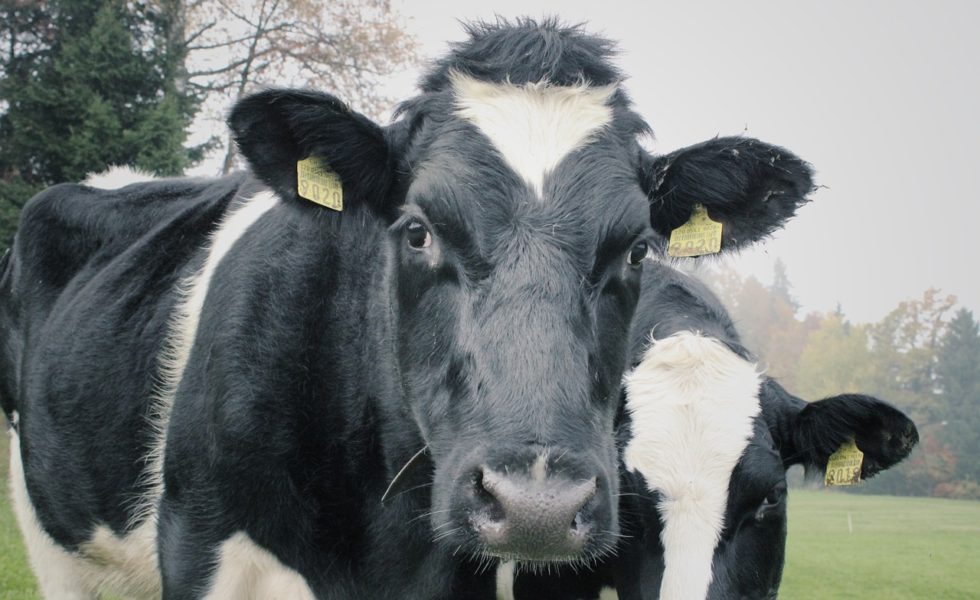We Don’t Even Choose ‘Herd Immunity’ for Livestock
Posted on August 14, 2020

Two generations ago, no one in the cattle business ever thought “herd immunity” was a solution to bovine brucellosis. Instead, farmers and ranchers, often with the help of U.S. Department of Agriculture veterinarians, blood-tested every animal they could find to discover, trace, and isolate the disease’s source and spread.
It was hard, dirty work but it was the best science available until a vaccine virtually eliminated the costly disease.
Today, more than a few politicians suggest herd immunity as an effective way to fight America’s again-raging Covid-19 pandemic. These folks can’t be farmers or ranchers because, if they were, they’d know rural people aren’t as cavalier about the lives of their animals as some politicians seem to be about the lives of their constituents.
Besides, herd immunity, according to experts at the University of Minnesota’s Center for Infectious Disease Research and Policy, often is deadly to acquire. An adequate level of herd immunity against Covid-19 requires 60 to 70 percent of the world to become infected and—here’s the hard part—survive coronavirus over a period of 18 to 24 months. During that time, they estimate, 800,000 Americans would die before our herd—you and me—would become modestly immune.
So, who wants to go first?
I don’t remember one cow ever dying before, during, or after “bangs” testing. I do remember, though, that everyone—we, our neighbors, and the nation—benefited from our safe, collective efforts.
Today’s collective Covid effort has been anything but collective and now millions of Americans face years of untold hardship. Even rural America, that vast sea of cultural tranquility, is shaking at its financial roots.
For example, on July 14, the ag economists at the University of Illinois’ farmdocDAILY published an eye-popping report on how our toxic omelet of declining crop insurance benefits, terrible export policy, and Covid-19 has smashed Illinois farm income.
According to Illinois farm records, “Overall, incomes averaged $189,000 per farm per year for the years 2006 to 2013. From 2014 to 2019, incomes… [were] $100,000 less per farm, with a $78,000 yearly average.”
But now, “trade disputes”—a phrase that softens our woodenheaded tariff fights with key American ag customers—and a continuation of ever- declining crop insurance coverage, 2020 farm income pre-Covid is projected at a puny $44,330.
Post-Covid 2020 farm income is worse: a knee-buckling, negative $25,033.
That estimate, the economists quickly add, “does not include other forms of assistance… [including] additional Federal aid currently being discussed in Congress…”
True, but “More worrisome is 2021, which likely will have lower levels of Federal aid. Given recent setbacks in Coronavirus control, it seems reasonable [that]… 2021 could be a very low-income year for Illinois grain farmers.”
Not everyone in American ag, however, is getting plucked. Take the chicken kings, for example.
On late Friday, July 17, USDA’s “Food Safety Inspection Service (FSIS) announced its approval of a petition filed by the National Chicken Council,” reported Food & Water Watch, “to permit chicken that is infected with the avian disease Leukosis to be fit for human consumption.”
Prior to the rule change, chicken “carcasses found to have this disease were to be condemned and removed from further processing.”
Who, other than the owners and shareholders of chicken processors, thinks allowing formerly condemned chicken carcasses into the American and export food chains is a good idea anytime let alone during a global pandemic?
But it’s doubtful many will ever know because that day FSIS also approved an industry request to increase chicken kill line speeds from “140 birds per minute to 175 birds.”
At three birds per second, it’s hard to “inspect” any chicken for the right number of body parts, let alone for Leukosis, “a tumor-causing (neoplastic) viral infection of young chickens.”
But hey, as awful but lawful as the FSIS’s actions are, in 18 to 24 months we should develop herd immunity to any new pathogen we’re dining on, right?
Well, some of us anyway.
© 2020 ag comm
Share This